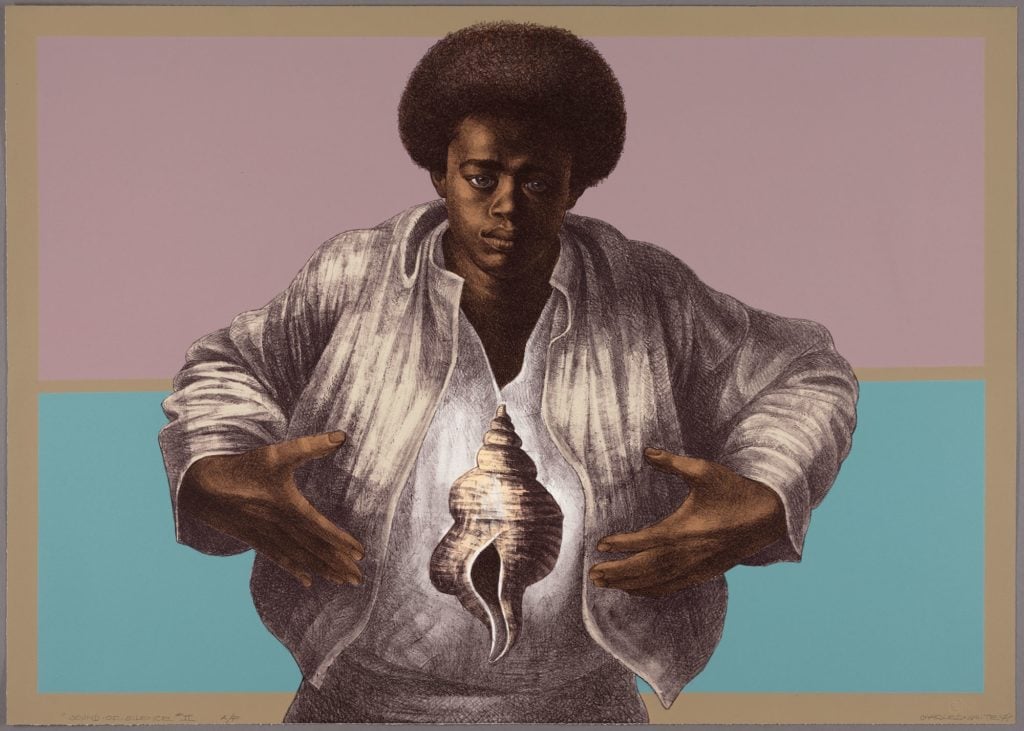Market
Forgers Are Targeting Weak Spots in the Growing African American Art Market
Charles White and Alma Thomas are among the targets of enterprising forgers today, according to a new report.

Charles White and Alma Thomas are among the targets of enterprising forgers today, according to a new report.

Sarah Cascone

The downside of African American artists’ long-overdue rise in the art market is starting to appear: forgeries. Dealers say they’re seeing a growing number of forged or fake works by 20th-century African American artists due to a potent cocktail of increasing prices and a lack of institutional expertise in previously overlooked figures, according to the Art Newspaper.
Because collectors are just beginning to catch on to the appeal of artists such as Alma Thomas and Charles White, there isn’t necessarily the same documentation and scholarship available to help identify authenticate works of art, creating an opportunity for enterprising fraudsters.
“When people were asking for provenance records, these are things that a lot of the artists didn’t even prepare,” Miami art dealer Jumaane N’Namdi told artnet News, pointing out that many painters historically didn’t think it necessary to sign their work. “The artists who are blue-chip artist today all had the same issues, but it got cleaned up over the years by whoever was representing them, and now it seems like they had all these awesome files.”
In markets like the current one, which is seeing collectors buy works by African American artists amid efforts to reevaluate the canon of art history, there is an additional emphasis on a work’s provenance and exhibition history. But at the same time, auction houses are “seeing more questionable works,” Nigel Freeman, director of African-American art at New York’s Swann Auction Galleries, told artnet News in an email. “Fortunately, our department has extensive experience: we have handled more than 4,000 artworks over 11 years.”
N’Namdi has encountered fakes attributed to artists including Henry Tanner and William H. Johnson, though they may well have been made during the artist’s lifetime, by less successful artists looking to emulate a peer with a proven collector base.
Other problematic works include not outright fakes, but overly optimistic attributions from collectors hoping to have gotten lucky with, say, an eBay purchase.
So buyer beware: Thomas, White, Beauford Delaney, Romare Bearden, and Bob Thompson are all among the forged artists that dealer Michael Rosenfeld told TAN he had encountered in recent weeks. “It’s a whole generation: you could go from A to Z through the list, from Charles Alston to Charles White. I am seeing fakes attributed to all of them,” he said.
On the other hand, the need for an air-tight attribution can sometimes go too far. “You hate to say there’s too much caution, but you can miss out on some great pieces,” N’Namdi said. “There are always fakes, but I guess with this big boom now people are even more concerned.”